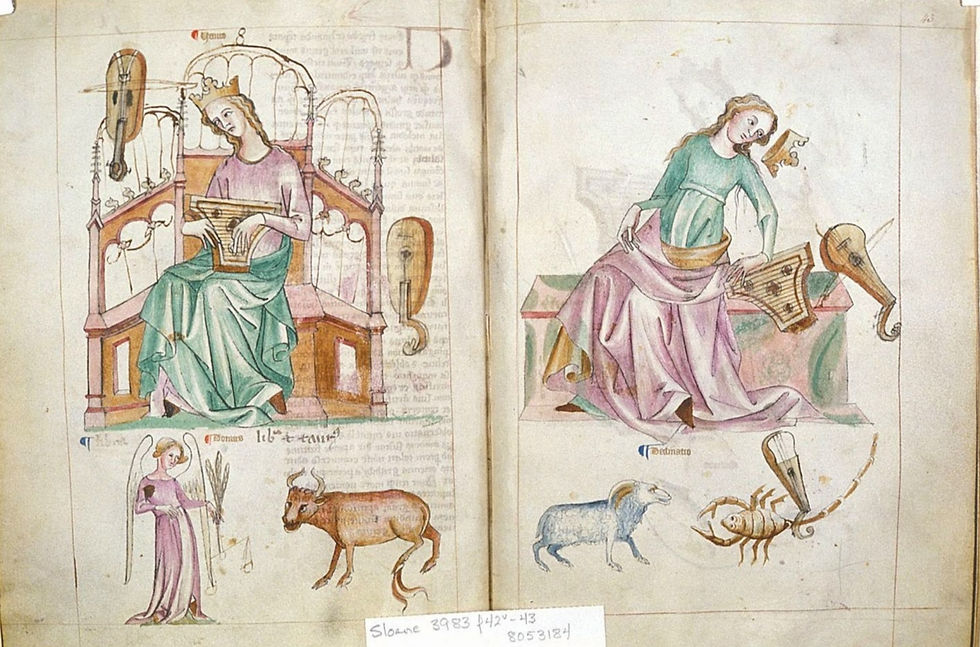- Sep 1, 2021
I started Talis in 2017 as a line of clothing for psychic protection, and since then, it’s grown to include my astrology and tarot consultation practice. As a result of this, and because of all that the ongoing Plague brought in 2020, I took a pause on making clothing. I’ve had a lot of time to think about if and how I want to re-engage with this aspect of Talis, and I’m excited to let you know how it’s evolving.
I’m returning to the original impetus for its namesake: namely, talismans. In essence, talismans are objects crafted at auspicious astrological moments in time (when the planets and signs create harmonious aspects with each other), using symbolic correspondences (color, image, symbol, material), in order to draw down the influences and energies of the astral bodies they intend to capture. I will be incorporating this aspect of astro-magic into my clothing by making small editions of unique pieces, and these shirts will act as permanent containers of the energies they intend to capture, material links to the fleeting celestial movements above.

The first of these talisman shirts captured the Sun in Leo. Much like taming a dragon, pursuing one’s creative work in the world often feels like a quest for the buried treasure that exists just beyond the fears, doubts and anxieties that emerge along the path. These fears and doubts are like ogres at the threshold of a bridge that one must negotiate with to cross to the other side. Even when experience teaches us to trust our intuitive hunches on this shadowy path, it can be hard to continually take new leaps, when every time somehow feels like the first big jump. The Sun in Leo provides an infusion of bravery, but not for the sake of bravado alone — it’s a bravery to meet the inner fears so that one may take those meaningful risks, however big or small. It provides an influx of creative energy that simultaneously connects one deeper to one’s inner creative compass while also flooding the spirit with a brightness and a desire to radiate outwards.

Because these pieces are hand-printed within very tight windows of time (ranging from a few minutes to a couple hours), they will be made in limited quantities and priced higher than my regular inventory, which I’ve also brought back to my web store. Auspicious sky-weather being what it is, (rare and infrequent) these talismanic pieces won’t come out at regular intervals — only when the moment is truly ripe for the picking. Each piece of clothing will also come with information on the election, suggestions for ritual use and incorporation into your own life.
Click here to purchase and read more about the Sun in Leo shirt.


















